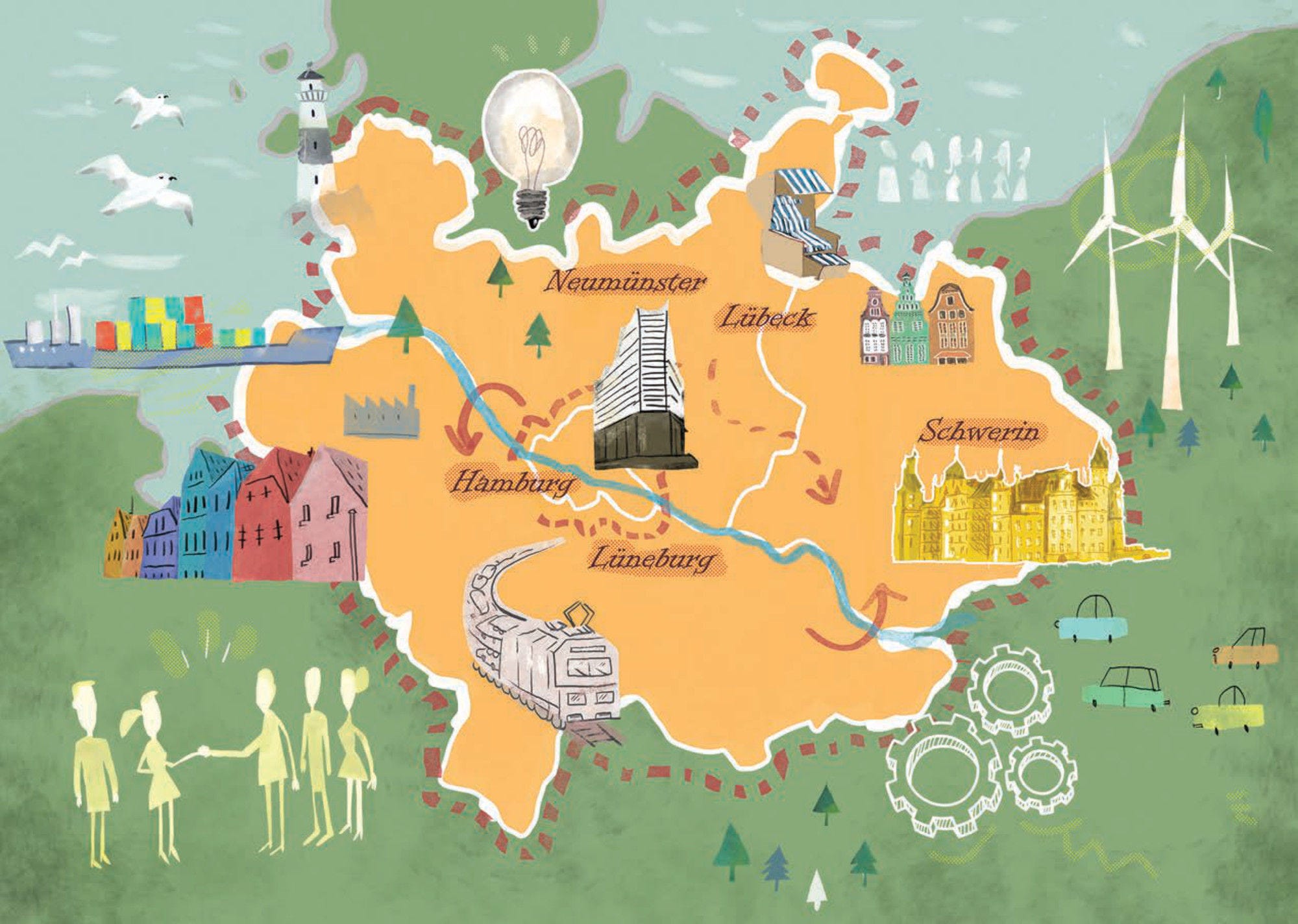Effective policy design requires sound statistical evidence on socioeconomic trends. For regional policy makers, such evidence needs to reveal information on differences in socioeconomic outcomes across space. Therefore, having granular data and indicators on relevant geographies is of paramount importance to regional policy. In order to design, implement and monitor effective regional development policy, it is crucial that such policy addresses the right geographic scale.
National statistical offices (NSOs) need to produce statistical indicators at a spatial detail that captures the socioeconomic geography of countries as well as being useful to policy makers. Most of the subnational geographies used by NSOs to collect and/or publish statistical indicators correspond to the units of the administrative organisation of countries, such as regions, provinces or municipalities.
However, such administrative geographies are not always the most appropriate or suitable scale to inform policy makers, nor are they able to capture how socioeconomic trends differ across space. This creates a common challenge for policy makers and statistical institutes alike. Both types of actors rely on statistical information based on administrative geographic units, even though people’s everyday lives and economic realities do not exclusively take place within such administrative units. Instead, economic linkages often connect people from different municipalities, towns or regions.
Policy makers need to look at the economic organisation of the territory to pursue policies at the right scale, especially when it comes to issues such as service provision or international comparability. Therefore, functional areas can complement administrative areas as a unit of analysis or the target of policy making. In recognising the importance of economic linkages, policy makers also need to realise that economic and social realities, which might once have been the rationale for establishing an existing administrative structure, change over time and thus territorial linkages between different areas might evolve.
The tool and concept of functional areas are increasingly used in efforts to capture the socioeconomic interactions at a local level and to respond to policy challenges in an effective manner. Per definition, a functional area or functional region is a territorial unit that results from the structure of social and economic relations between residents across space. Its boundaries do not necessarily reflect administrative geographies or historical events. Consequently, a functional region offers an alternative subdivision of territories. The foundation for economic and social relations ensures that functional areas capture human behaviour and thereby typically offer a better reflection of individuals’ daily lives.
Despite their policy relevance, numerous countries remain without any clearly identified functional areas. In other countries, functional areas are often limited to cities and their area of economic influence (functional urban areas), even though territorial linkages exist in all types of territories, rural and urban areas alike. In addition, the delineation of functional areas, where it exists, varies across countries due to methodological differences. At the same time, new and emerging data sources provide novel alternatives to traditional methods for delineating functional areas and could thereby support their increased use in OECD countries.
All those reasons highlight the need for a comprehensive review of the approaches used to map out functional areas in OECD countries. This report offers such a review without imposing statistical conventions on member countries. It discusses the rationale for mapping functional areas across all territories, beyond metropolitan areas. It presents the prevailing approaches to define functional areas in OECD countries, explains the main methodological aspects and challenges, describes the type of data sources used, and summarises the respective implementations. Furthermore, it identifies methods to harmonise or compare, where possible, functional areas across OECD countries. The report also presents evidence of novel approaches to delineating functional areas based on new sources of data, which might constitute an alternative in the absence of commuting data. Finally, the report proposes a number of methodological guidelines and applies them to map functional areas in five OECD countries, where those geographies do not exist.
In pursuing these objectives, the report demonstrates the relevance of functional areas as a tool for the design of regional development policy. It provides extended coverage of functional areas across several OECD countries and offers a methodological guide to delineate functional areas under different types of constraints (i.e. varying size of administrative units, availability of commuting data, potential consistency with already existing core-based metropolitan areas, etc.). The report further displays how open-source computational packages and replicable methods can be used to delineate functional areas in OECD countries based on common guidelines.
A standardised definition of functional areas, as proposed by this report, offers great benefits to policy makers and citizens alike. It can significantly enhance the understanding of rural-urban linkages and local economic development, improve the quality of labour market statistics for small jurisdictions, and facilitate the collaboration of small municipalities outside the areas of influence of cities or large urbanised centres. While some OECD countries have implemented functional areas for their entire national territory in recent years, others lack such expertise. The methodological guidelines developed in this report offer support to those OECD countries with limited experience and expertise in implementing functional areas within their respective national statistical systems and in using functional areas for regional development policies.












